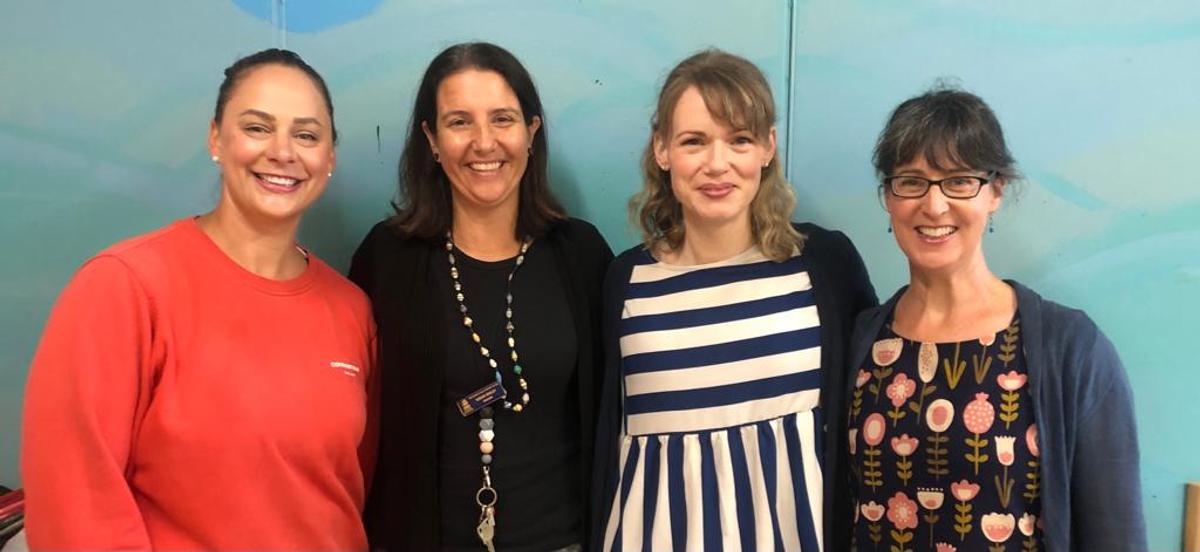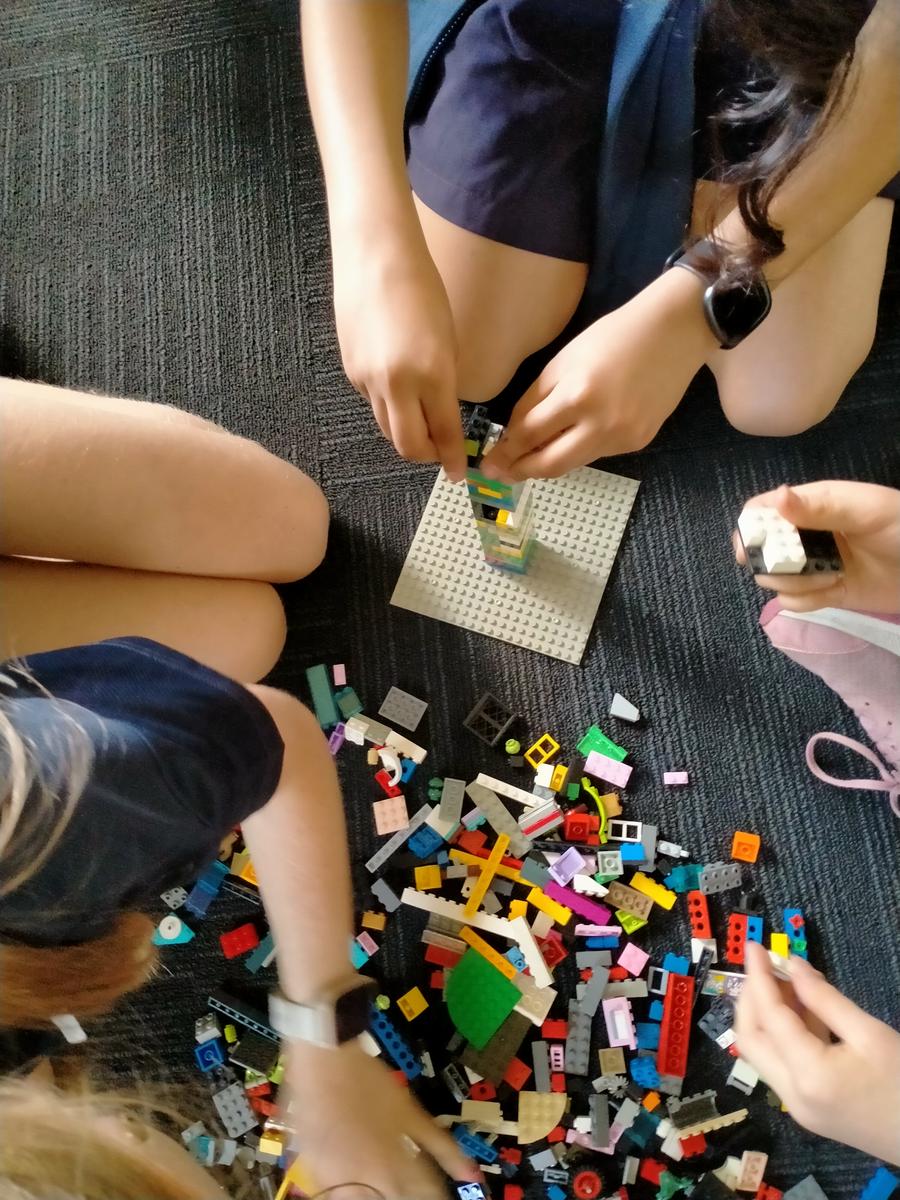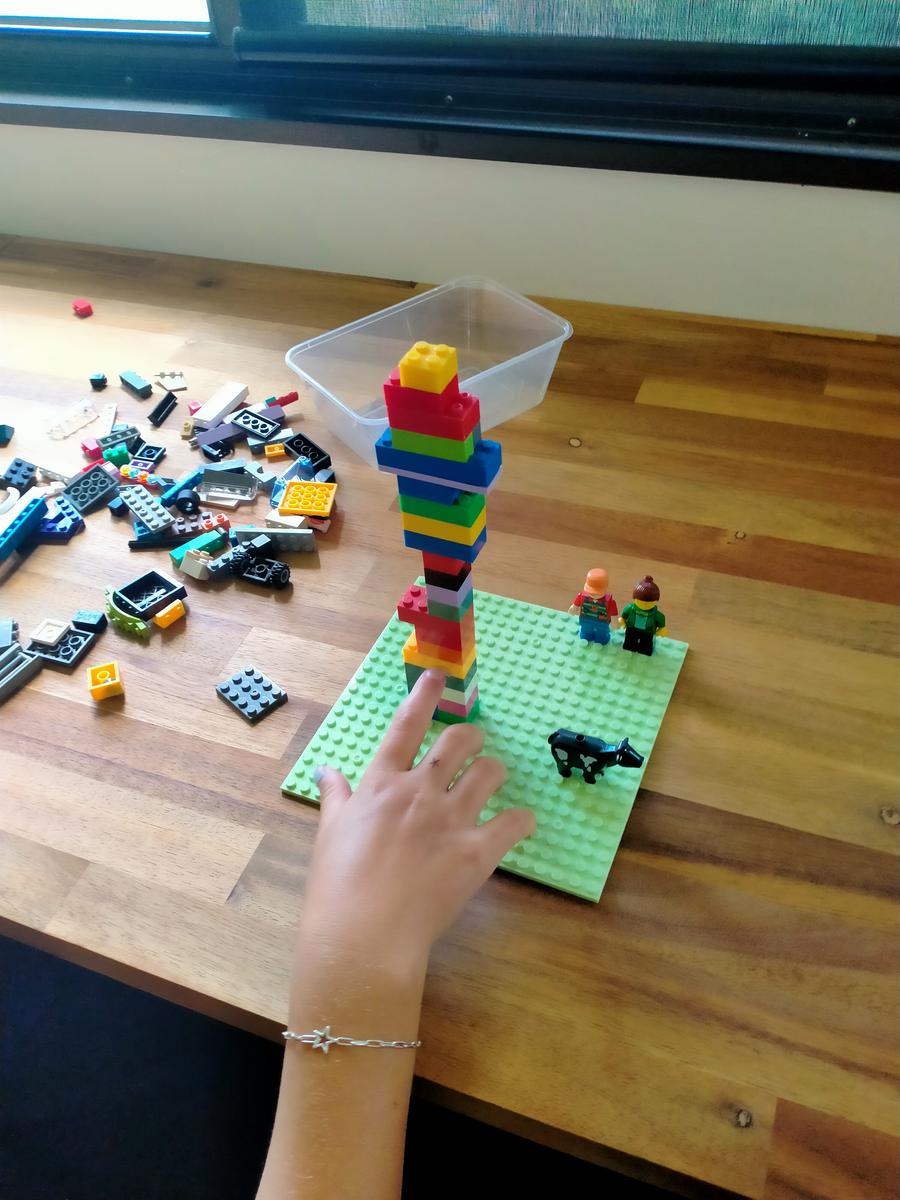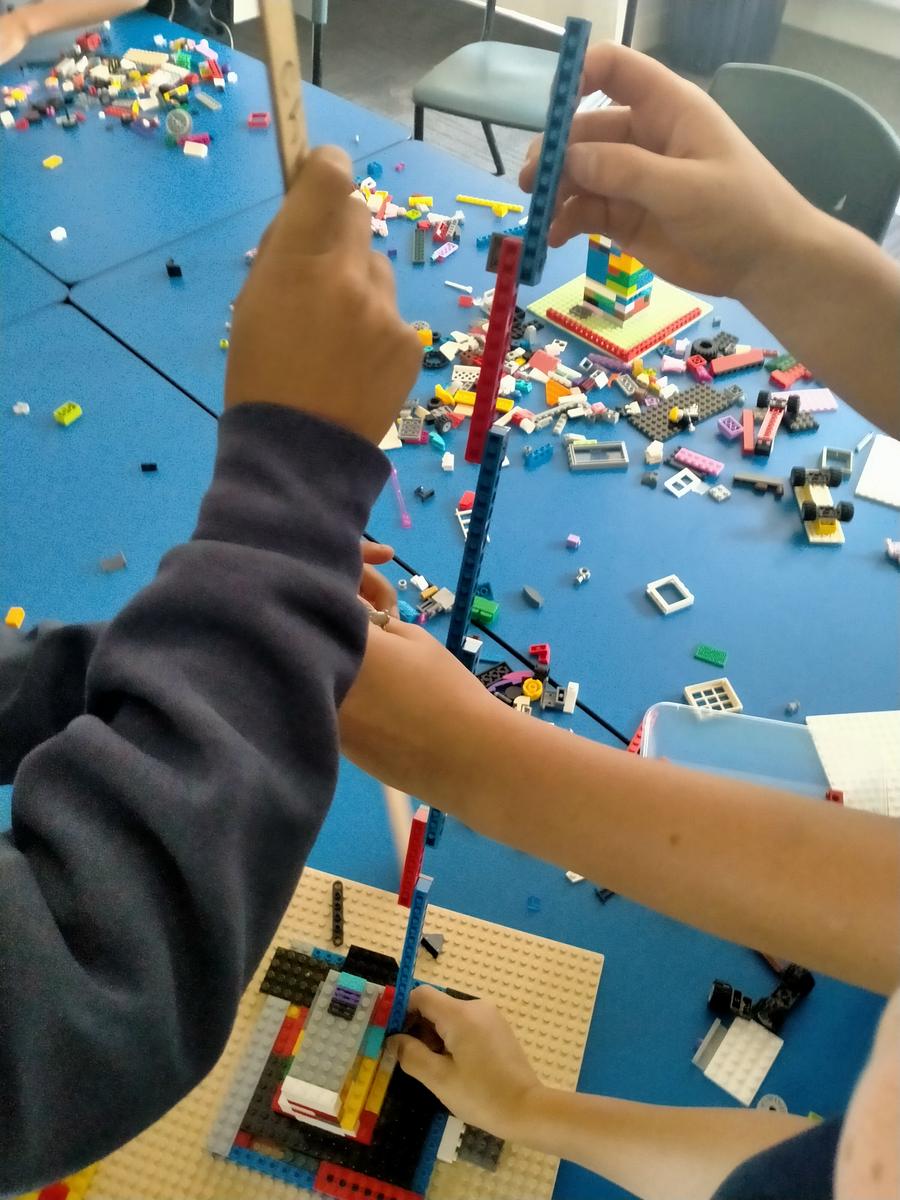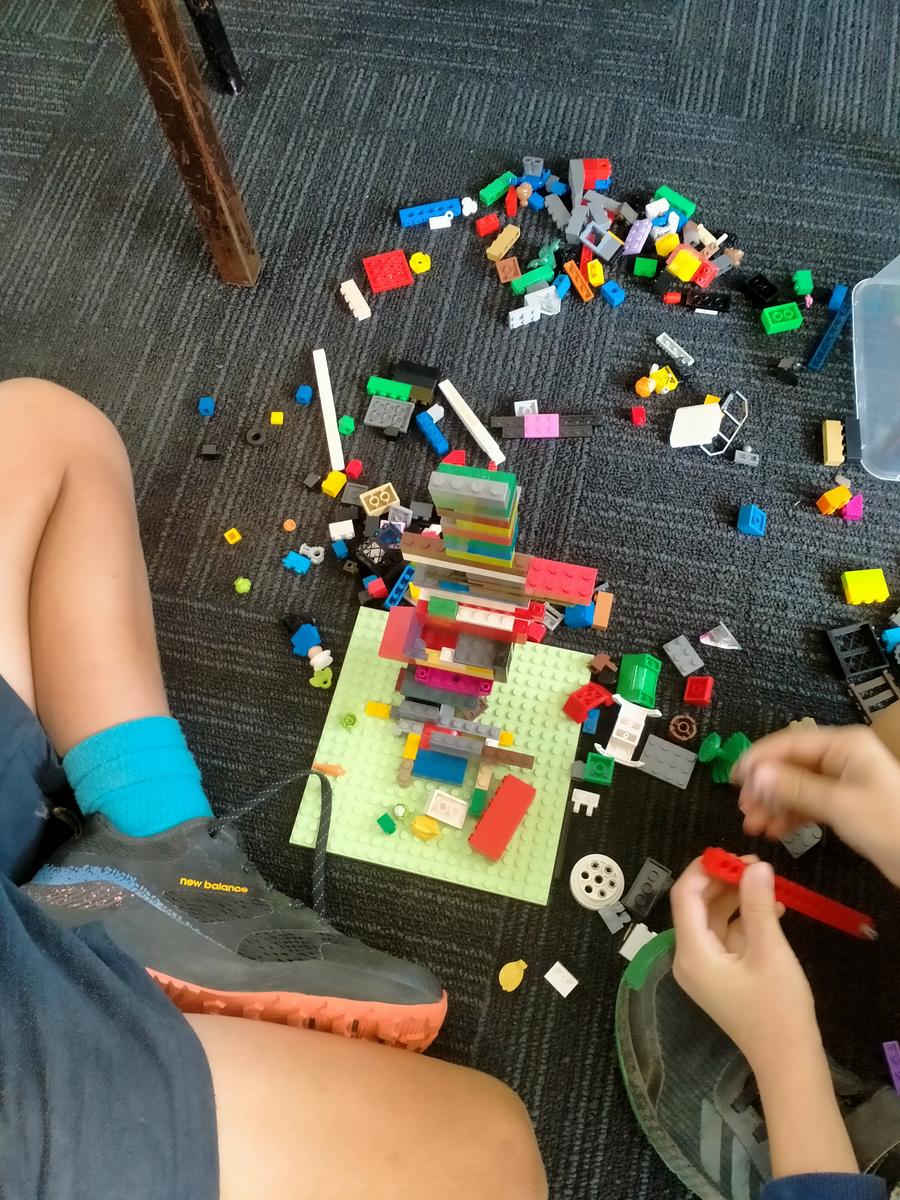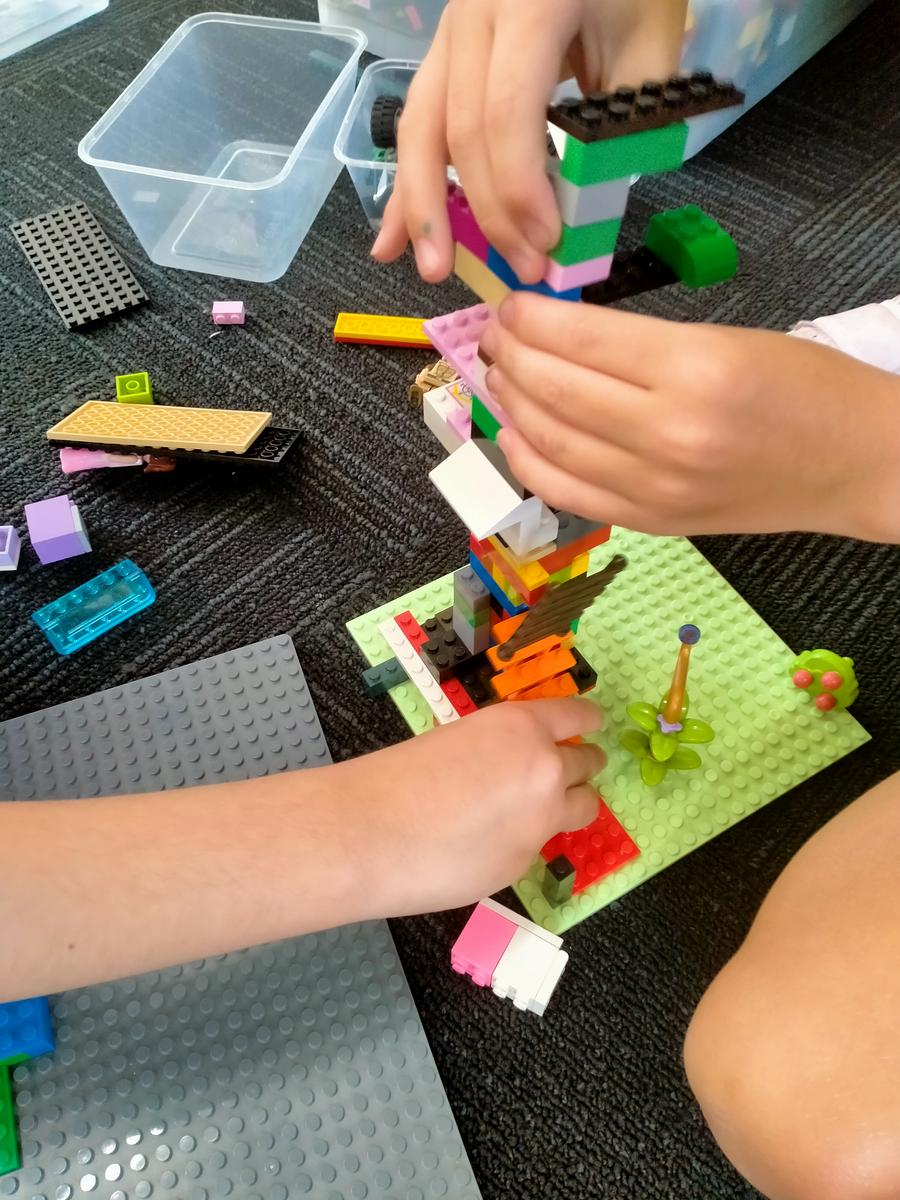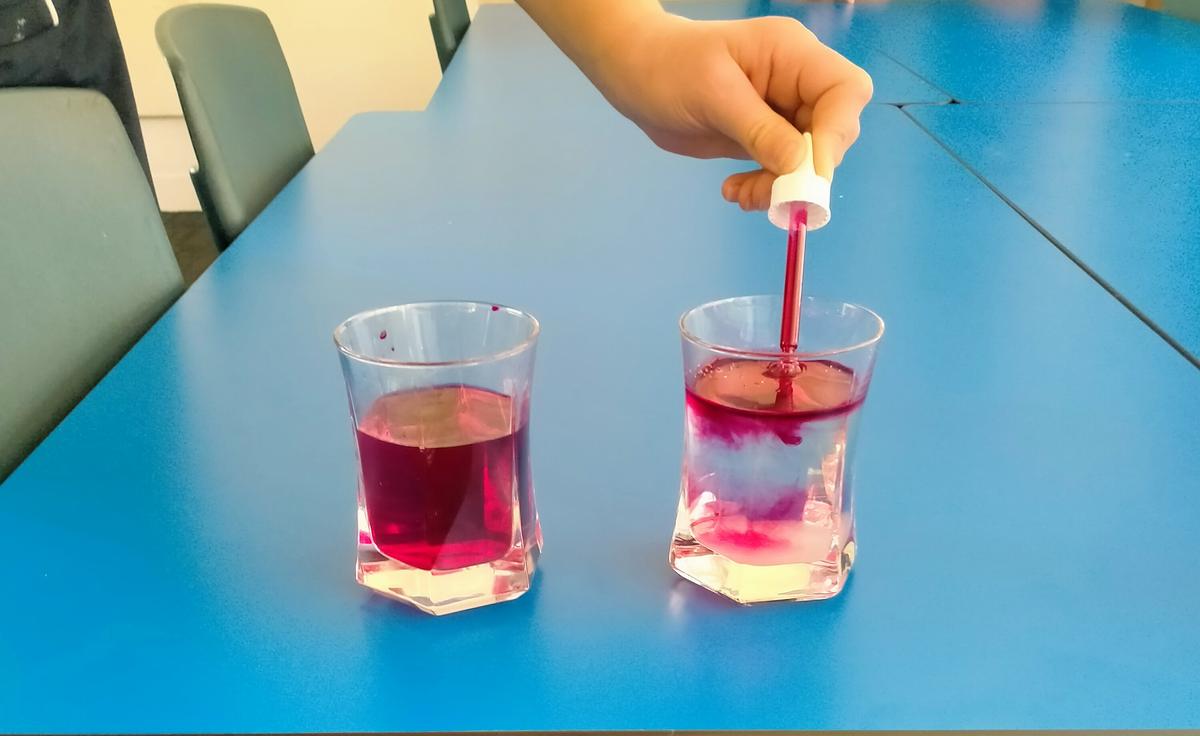S.T.E.A.M.
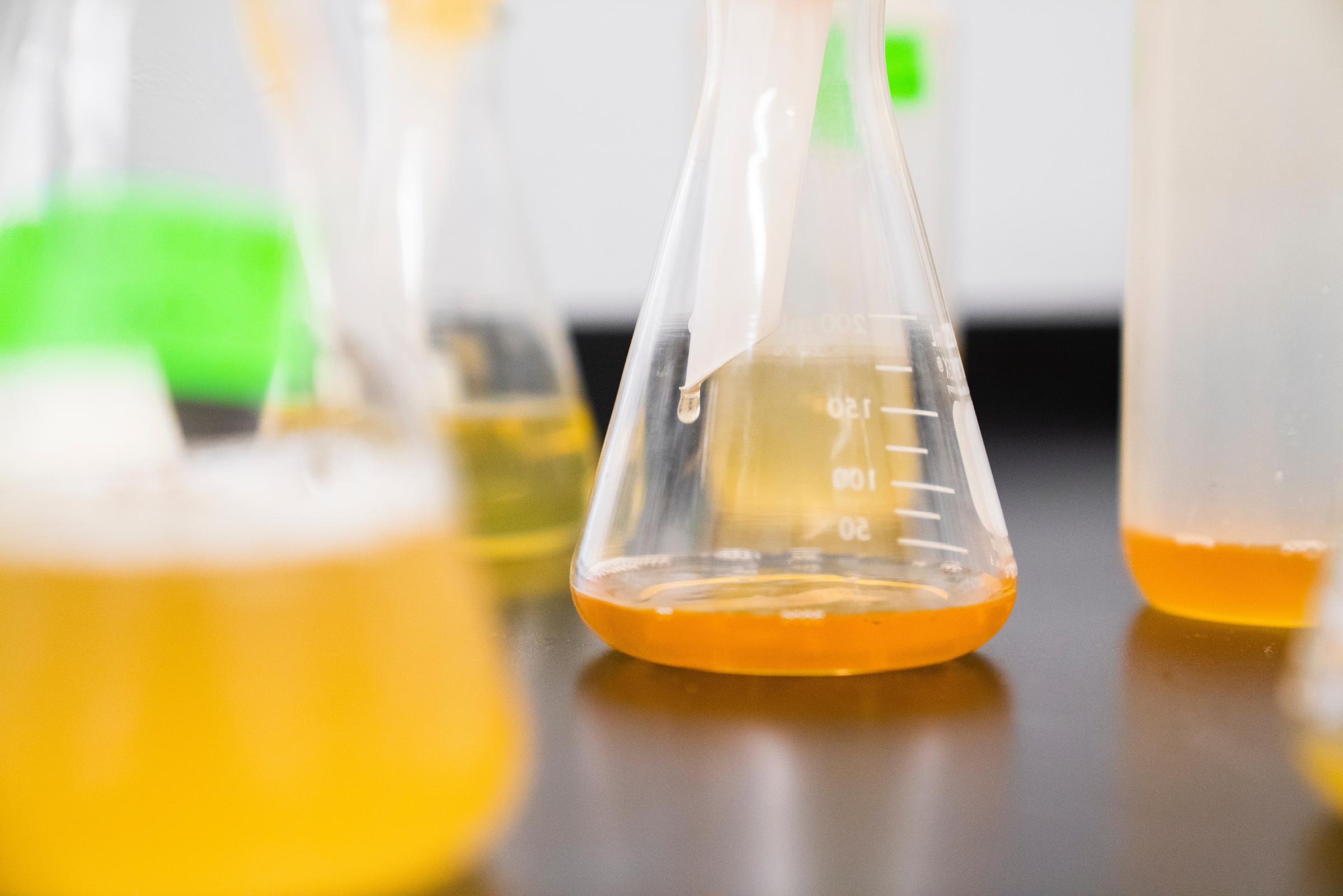
Hi, my name is Kate Misra and I have the privilege of teaching S.T.E.A.M. (Science, Technology, Engineering, Arts and Maths) this year.
This term our learning will have a theme of Innovation. We will be exploring how innovators, working in different S.T.E.A.M. related fields, create solutions to make our lives easier and our world a better place. We will also look at both the Scientific Method and the Design Process for developing and testing our own solutions to problems.
The Grade 3s, Grade 4s and Grade 5s will work through this learning using an inquiry approach that allows for student voice, providing opportunities for them to explore areas of our theme that interest them and meet their learning needs.
The Preps, Grade 1s and Grade 2s will undertake their learning in our Innovation unit using the Fleer’s Conceptual Playworlds model developed by Monash University. This approach uses picture story books as a springboard for play based inquiry learning that utilises roleplay to explore concepts in S.T.E.A.M.
In week 2 students worked to deepen their understanding of the 5 areas of S.T.E.A.M., looked at jobs in different S.T.E.A.M. fields and created a list of things that they would like to explore in S.T.E.A.M. this year. Classes also undertook various Lego engineering challenges and participated in some science experiments:
Students in Prep had to use a small box of Lego to create anything they could imagine in a 10 minute time frame.
Grade 1s and 2s had to build the tallest Lego tower that they could in a set time frame.
Grade 3s and 4s had to build the strongest and tallest tower that they could using only 2 containers of lego and a base plate piece.
Grade 5s had 10 minutes to build a tall structure that was strong enough to withstand an Earthquake test.
Grade 2s, Grade 3s and Grade 4s completed an experiment to see if gas (carbon dioxide), released in a reaction between bicarbonate of soda and vinegar, could be used to extinguish a candle flame.
Grade 5s completed an experiment to see if adding sugar to water had an effect on the dispersion of food colouring in that solution as opposed to adding food colouring to plain water.
I'm looking forward to an exciting year full of fun learning in S.T.E.A.M.!
Kate Misra
Kate.Misra@education.vic.gov.au

